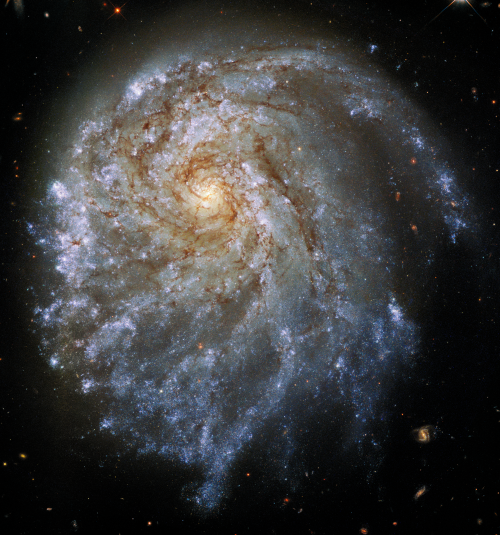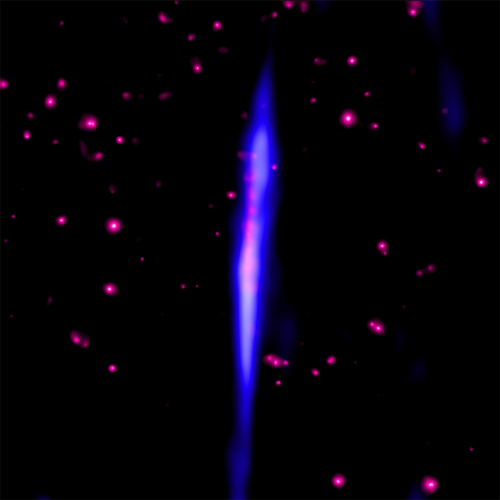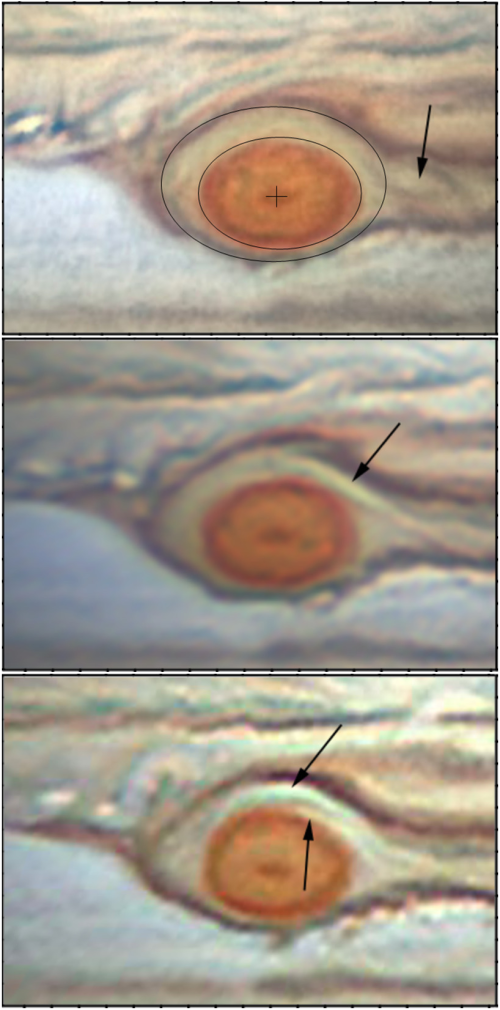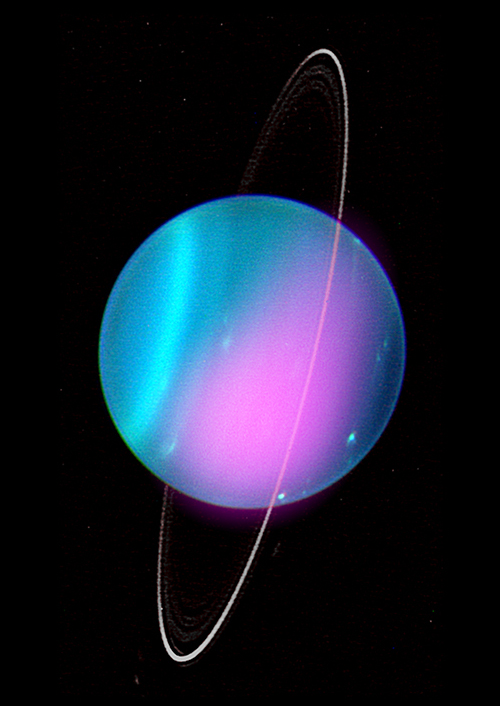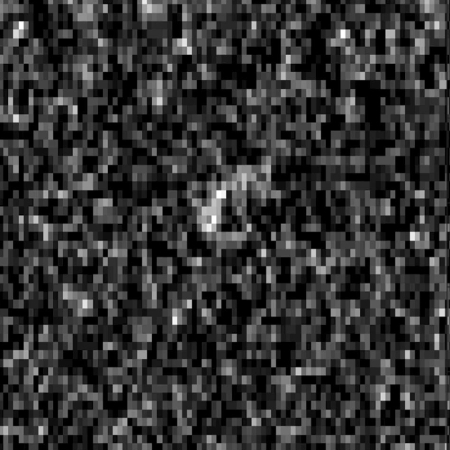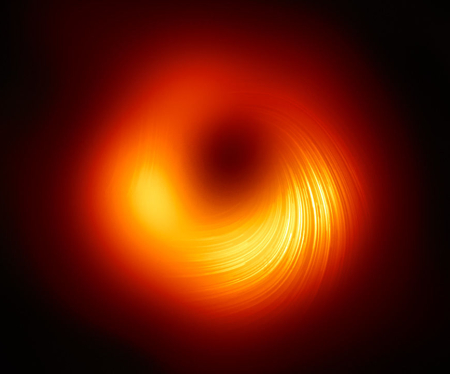Astronomers detect a white dwarf that is both the smallest and most massive ever found
Using an array of telescopes on the ground and in space, astronomers have discovered a white dwarf star that is both the smallest ever found while also being the most massive.
White dwarfs are the collapsed remnants of stars that were once about eight times the mass of our Sun or lighter. Our Sun, for example, after it first puffs up into a red giant in about 5 billion years, will ultimately slough off its outer layers and shrink down into a compact white dwarf. About 97 percent of all stars become white dwarfs.
While our Sun is alone in space without a stellar partner, many stars orbit around each other in pairs. The stars grow old together, and if they are both less than eight solar-masses, they will both evolve into white dwarfs.
The new discovery provides an example of what can happen after this phase. The pair of white dwarfs, which spiral around each other, lose energy in the form of gravitational waves and ultimately merge. If the dead stars are massive enough, they explode in what is called a type Ia supernova. But if they are below a certain mass threshold, they combine together into a new white dwarf that is heavier than either progenitor star. This process of merging boosts the magnetic field of that star and speeds up its rotation compared to that of the progenitors.
Astronomers say that the newfound tiny white dwarf, named ZTF J1901+1458, took the latter route of evolution; its progenitors merged and produced a white dwarf 1.35 times the mass of our Sun. The white dwarf has an extreme magnetic field almost 1 billion times stronger than our Sun’s and whips around on its axis at a frenzied pace of one revolution every seven minutes (the zippiest white dwarf known, called EPIC 228939929, rotates every 5.3 minutes).
Based on their present understanding of stellar evolution, single white dwarfs do not form from stars with more than 1.3 solar masses. Stars with greater masses instead become neutron stars, or black holes. To get a white dwarf of 1.35 masses thus requires a merger of two white dwarfs, but it also means that the resulting dwarf could be unstable and could collapse into a neutron star at some point. The data also suggests that this merger process might be how a large number of neutron stars actually form.
The dwarf is also the smallest ever found, with a diameter of 2,670 miles, because the larger masses squeezes it into a tighter space.
Using an array of telescopes on the ground and in space, astronomers have discovered a white dwarf star that is both the smallest ever found while also being the most massive.
White dwarfs are the collapsed remnants of stars that were once about eight times the mass of our Sun or lighter. Our Sun, for example, after it first puffs up into a red giant in about 5 billion years, will ultimately slough off its outer layers and shrink down into a compact white dwarf. About 97 percent of all stars become white dwarfs.
While our Sun is alone in space without a stellar partner, many stars orbit around each other in pairs. The stars grow old together, and if they are both less than eight solar-masses, they will both evolve into white dwarfs.
The new discovery provides an example of what can happen after this phase. The pair of white dwarfs, which spiral around each other, lose energy in the form of gravitational waves and ultimately merge. If the dead stars are massive enough, they explode in what is called a type Ia supernova. But if they are below a certain mass threshold, they combine together into a new white dwarf that is heavier than either progenitor star. This process of merging boosts the magnetic field of that star and speeds up its rotation compared to that of the progenitors.
Astronomers say that the newfound tiny white dwarf, named ZTF J1901+1458, took the latter route of evolution; its progenitors merged and produced a white dwarf 1.35 times the mass of our Sun. The white dwarf has an extreme magnetic field almost 1 billion times stronger than our Sun’s and whips around on its axis at a frenzied pace of one revolution every seven minutes (the zippiest white dwarf known, called EPIC 228939929, rotates every 5.3 minutes).
Based on their present understanding of stellar evolution, single white dwarfs do not form from stars with more than 1.3 solar masses. Stars with greater masses instead become neutron stars, or black holes. To get a white dwarf of 1.35 masses thus requires a merger of two white dwarfs, but it also means that the resulting dwarf could be unstable and could collapse into a neutron star at some point. The data also suggests that this merger process might be how a large number of neutron stars actually form.
The dwarf is also the smallest ever found, with a diameter of 2,670 miles, because the larger masses squeezes it into a tighter space.

